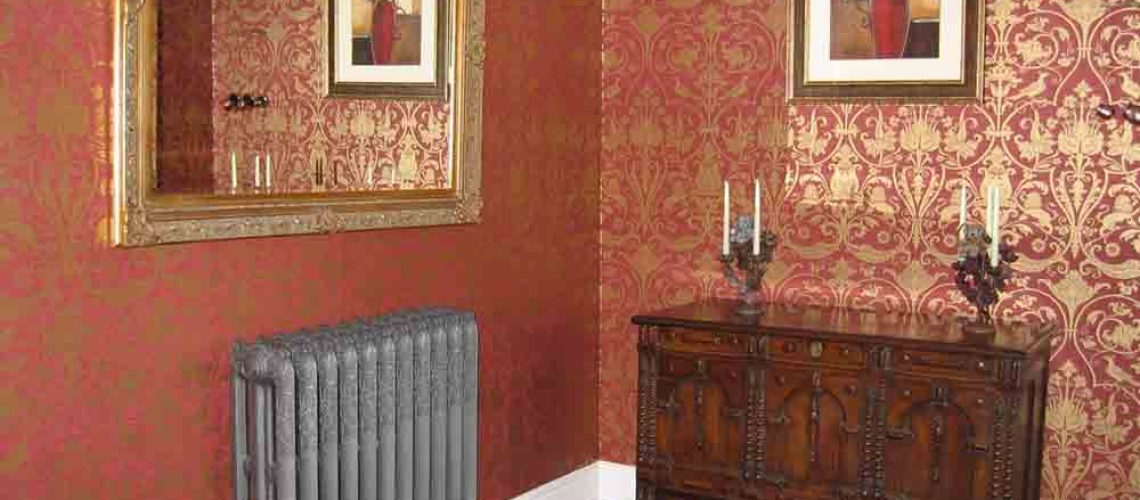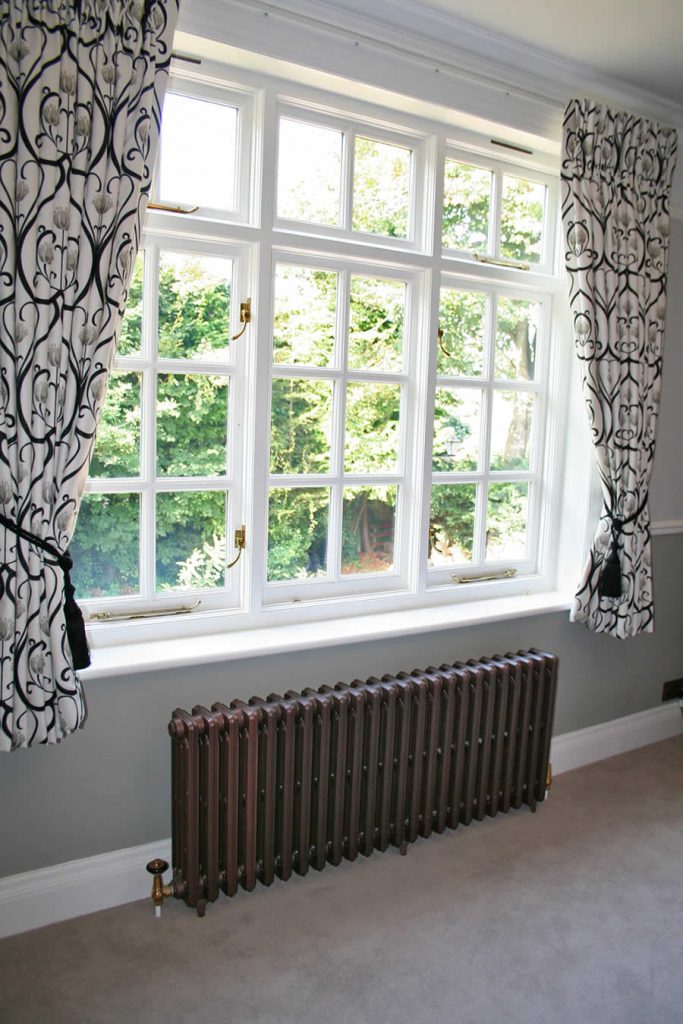


The development and mass production of cast iron radiators was an American idea, the first patents dating back to 1841.
Perhaps the earliest form of radiators as we know them today were invented by Joseph Nason and Robert Brigss (1863) – their design used vertical wrought iron tubes screwed into a cast iron base. Soon after this, Nelson H Bundy (1872) invented the ‘Bundy Loop’, a cast iron radiator which became increasingly popular and played an important role in the advancement in the birth of our modern day radiators.
The design of the radiator passed through many stages, with continuous development, especially during the Victorian period when cast iron became a decorative feature within the home. However, it wasn’t really until the early 20th century that radiators brought central heating to Britain; in fact, very few homes had the luxury of central heating until well into the 1950s.
The early development of the cast iron radiator, with it sectional design gave the manufacturers of the time an immensely flexible product, by simply attaching individual sections of the cast iron radiator together one by one, it was possible to assemble radiators in various sizes and heat outputs.
The other major advantage to the design was the ability to be able to assemble radiators to fit into awkward spaces such as windows, bays and alcoves. The overall design of these radiators meant that in most cases, it would be possible to supply radiators that would produce an ample supply of heat in any given situation, and at the same time be aesthetically pleasing in terms of proportions.
With the sectional design of the cast iron radiator, it was also possible to supply extremely large radiators to the site, some weight upwards of half a ton, in sections ready for site assembly by the plumber – a practice still common today,
It is still possible to obtain original cast iron radiators, salvaged from Churches, Hospitals and Schools, stripping the old paint, resealing, painting and testing although In practice this is not always without problems, finding failed gaskets and even pinholes in the cast iron. This can only be determined, once the radiator is installed and now too late to rectify.
Today we are able to supply an extensive range of radiator models, many copies of the original period radiators, providing a perfect vintage look for any period or contemporary home.
Our cast iron radiators can be finished in an extensive range of paint colours and enhanced by traditional radiators valves, including raditional brass thermostatic valves, pipe shrouds and wall fixing brackets.
